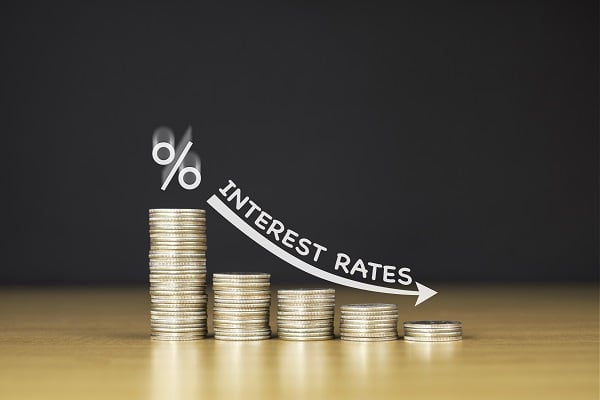
Economic Commentary
The current economic expansion is 10 years old as of June 2019. This ties the record for the longest economic expansion on record and matches the 10-year economic expansion that ended in March 2001. Longer periods of growth have become the norm as the last four are among the six longest in U.S. history. This is not by chance as governments and central banks have become significantly more aggressive at increasing spending, pushing interest rates down, and other measures to stimulate the economy. However, what are the longer-term costs of these more aggressive measures? How much longer can we kick the can down the road and borrow from the future? Many have argued that this cannot go on much longer, but then again, that was also being said over 10 years ago. Regardless, it certainly does not appear sustainable indefinitely, but the timing of it ending and what that will look like is the subject of much debate and is a discussion for another day.
Following the June Federal Open Market Committee (FOMC), the Federal Reserve viewed “sustained expansion of economic activity, strong labor market conditions, and inflation near the Committee’s symmetric 2 percent objective as the most likely outcomes, but uncertainties about this outlook have increased.” Furthermore, the Federal Reserve stated that “in light of these uncertainties and muted inflation pressures, the Committee will closely monitor the implications of incoming information for the economic outlook and will act as appropriate to sustain the expansion.”
Interest Rates Ahead
Given the above, the Federal Reserve did indicate they have become a little more concerned about the economic expansion. Many believe an economic downturn has already begun and the FOMC is behind the curve in lowering the federal funds target rate. Indeed, there is no shortage of weaker economic data points in recent periods. Industries such as consumer retail, trucking, auto, steel, and overall manufacturing have seen notable weakness in recent periods. For example, the Empire State manufacturing index recently declined by the largest amount on record, although some attribute this to the recent Mexico tariff disturbance. Consumer confidence and housing have also seen signs of weakening in recent periods. Overall economic growth does appear to be showing signs of weakness on many fronts and the effects of fiscal stimulus during the past couple of years are now abating. The likelihood of a recession within the next twelve months has certainly increased by many measures, but others have argued that the wheels are not coming off the economy and there are still many positive signs. Given this backdrop, the implications for interest rates going forward should not be ignored.
Following the June FOMC meeting, a reduction in the federal funds target rate in the near term is not a sure thing. Observers should keep that in mind as forecasting the timing of market interest rate changes is never a sure thing. Nonetheless, following the meeting, market expectations of a federal funds target rate cut by the end of 2019 increased to 55 basis points and to 89 basis points by the end of 2020. Some are even expecting a July cut in the federal funds target rate of 25 basis points and possibly even 50 basis points. This could be premature as others argue that the FOMC would not want to be that aggressive at this juncture in order to save firepower for a later time. However, medium and longer-term interest rates could be indicating that the FOMC is behind the curve as the U.S. Treasury yield curve continues to invert further with the 10-year U.S. Treasury yield dropping below 2.00% and 5-year U.S. Treasury yield below 1.75% at the time of this writing.
Credit Union Strategy Considerations
Although the timing of future rate changes may be in question, most would agree that it is likely we have seen a trend change towards lower interest rates. Credit unions should certainly consider this in their asset and liability management objectives and strategies. Discussions should include the implications of rate changes for budgeting, investment portfolio strategies, and rate setting. Some of these questions will obviously depend on the credit union’s expectations of rate change timing, but the first step is to acknowledge that the upward bias in interest rates over the past many years may now have changed. Credit unions put a lot of energy and resource into analyzing the possibility of higher interest rates and now that same amount of effort needs to be expended looking at the possibility of lower interest rates.
